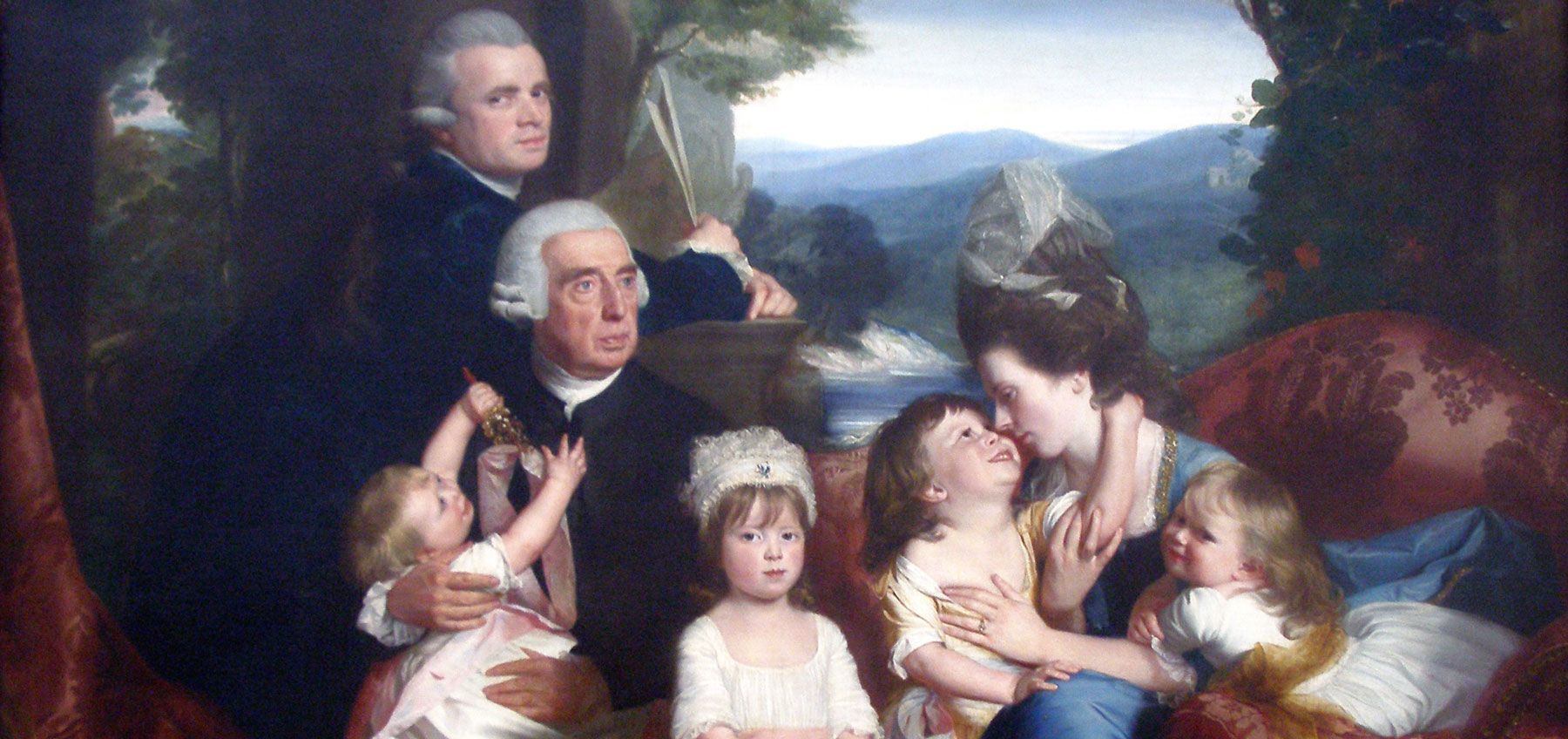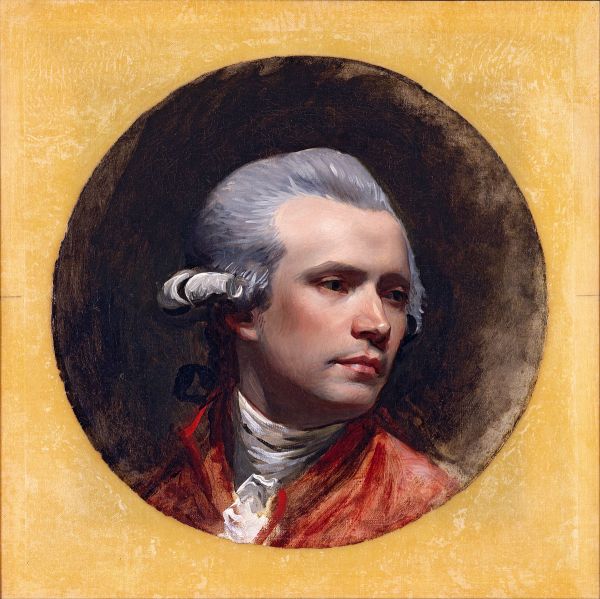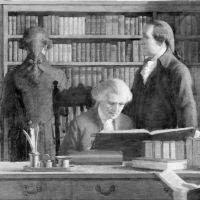Primary Source
Copley to [Captain R. G. Bruce?], [1767?]
But What shall I do at the end of that time (for prudence bids us to Consider the future as well as the present). Why I must eighther return to America, and Bury all my improvements among people intirely destitute of all just Ideas of the Arts, and without any addition of Reputation to what I have already gaind. For the favourable receptions my Pictures have met with at home has mad them think I could get a better Living at home than I can here, which has been of service to me, but should I be disappointed, it would be quite the reverse. It would rather lessen than increase their opinion of my Works which I aught by all prudent methods strive to avoide. Or I should sett down in London in a way perhaps less advantageous than what I am in at present, and I cannot think of purchasing fame at so dear a rate. I shall find myself much better off than I am in my present situation. (I would be here understood to speak of the profits of the art only, for as I have not any fortune, and an easy income is a nesasary thing to promote the art. It aught to be considered, and Painters cannot Live on Art only, tho I could hardly Live without it). But As it is not possible for me, Who never was in Europe, to settle sufficiently in my mind those points, I must rely on Your Friendship and Mr. West to inform me. I have wrote You and Mr. West in the plainest and most unreserved maner what the dificultys are, and doubt not Your friendship and prudence will lead You to give all Due weit to the objects I have proposed; and if You think they are still sufficient to keep me in this Country, I shall strive to be more content myself where I am. I have been thee more particular in this Letter Least the other should have miscarried, and doubt not You will write me answer as soon as possible, and prevail on Mr. West to Lay asside the pencil to remove my Doubts, for You cannot but know a state of uncertainty in affairs of consequence (as these are to me,) are very perplexing and disagreeable. Beside if Your Answer [be] such as to favor my going, you know I have a Real Estate which I must dispose of, and a Great Deal of Business to settle, which must take up much time and will detain me another Year, unless I can hear soon from You.
Letters of John Singleton Copley and Henry Pelham, 1739-1776, by John Singleton Copley and Henry Pelham. Boston: Massachusetts Historical Society, 1914.






